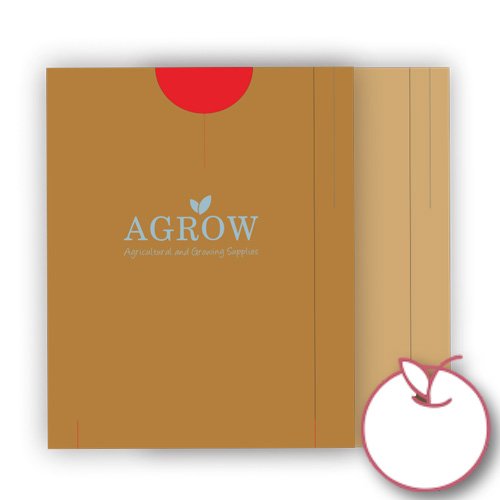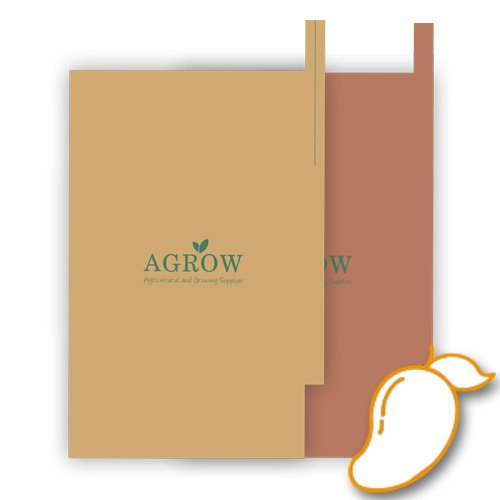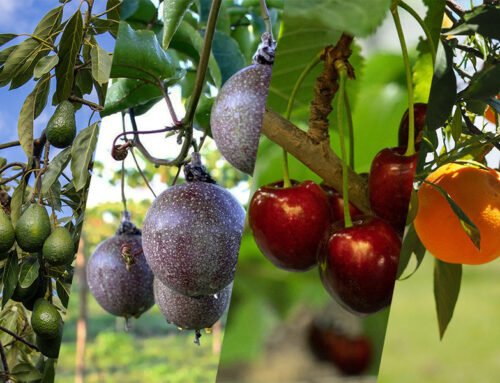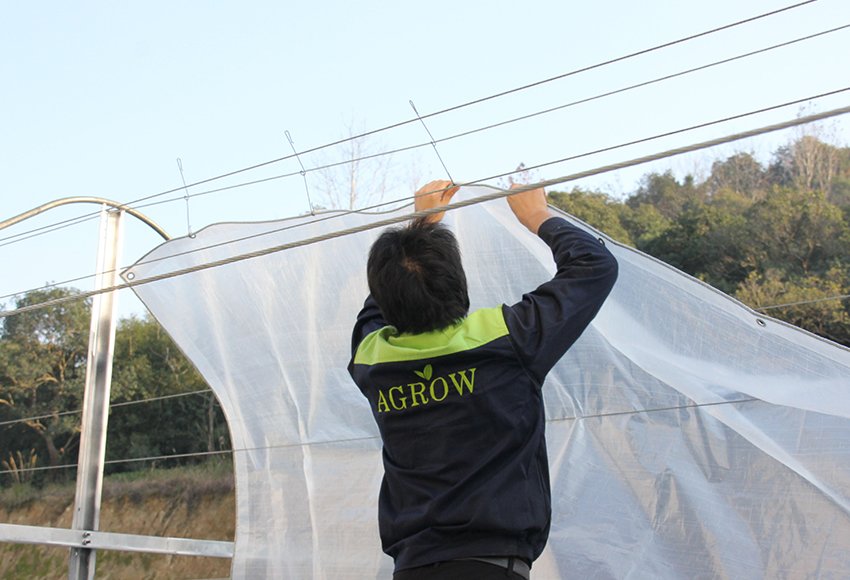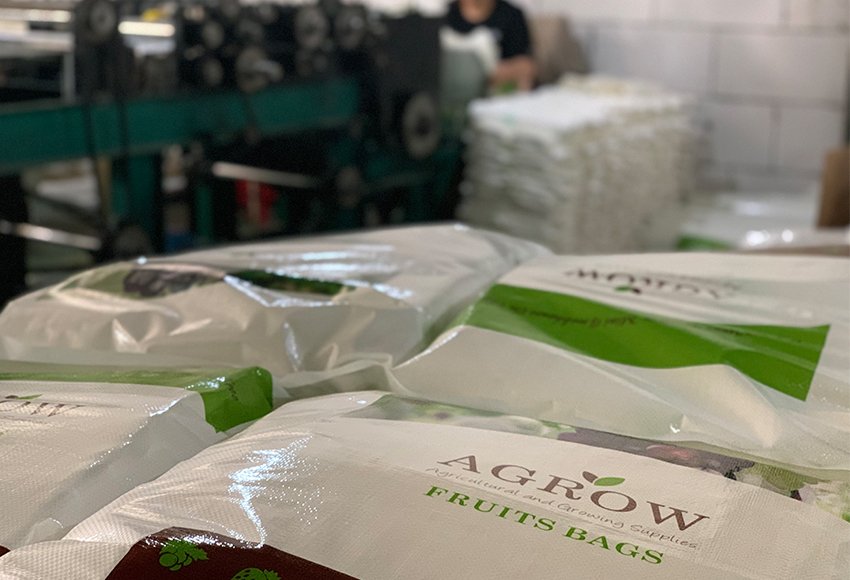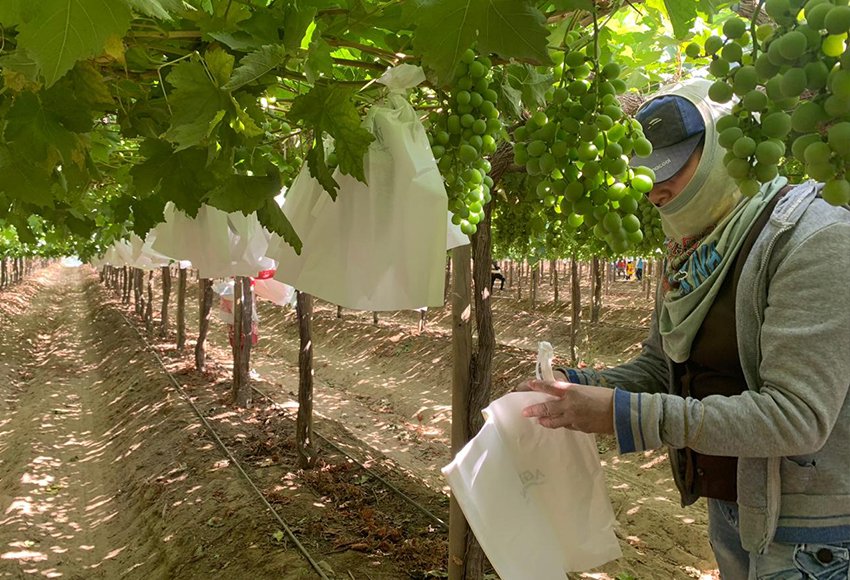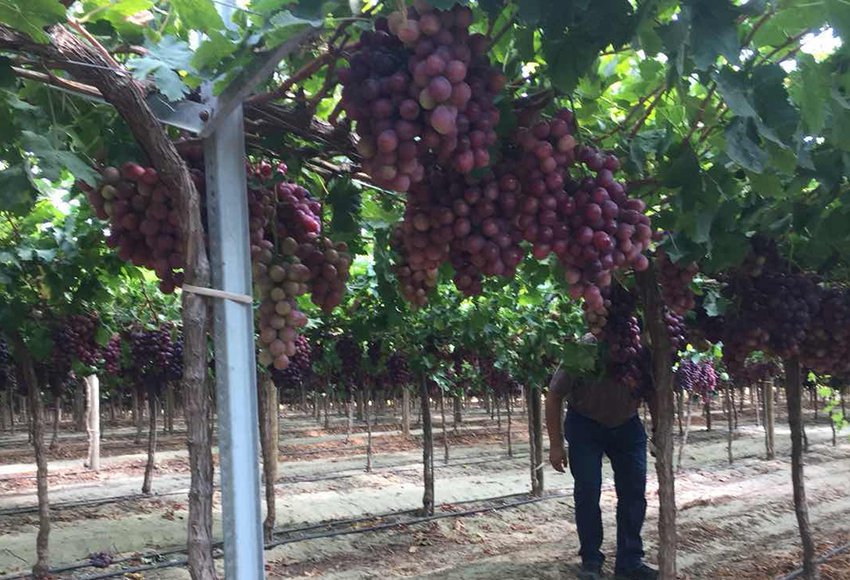October 2024: Fruit Industry Trends and Highlights – Late
Colombia’s Agricultural Potential: A Gateway to Global Markets
Colombia, with a population of 52 million, is the second largest country in Latin America, covering 1.141 million km². It has faced 50 years of conflict but has seen recent stability due to government actions against armed groups and economic liberalization. Its diverse geography allows for rich agricultural production, especially in fruits. Colombia is becoming a key global supplier of fruits and vegetables, notably bananas and avocados.
Government initiatives aim to boost agricultural productivity and improve farmers’ quality of life. Additionally, the growing domestic appreciation for healthy eating has led to increased fruit consumption and imports, making Colombia a vital market in the region.
Innovations in Citrus: Research on Drought-Resistant Varieties in Brazil
Brazil’s citrus industry, especially orange production, faces significant challenges, including citrus greening and drought. Research initiatives by Fundecitrus, Embrapa, and other organizations focus on developing citrus varieties that can withstand water shortages. In Bebedouro, São Paulo, certain rootstock varieties are already showing vigor despite drought conditions.
Eduardo Girardi from Embrapa highlights 27 ongoing experiments with citrandarin hybrids, some demonstrating drought tolerance comparable to Cravo lemons, while others remain sensitive. This research is crucial for both Brazil’s citrus belt and its expansion areas, as it offers new options and recommendations for growers to adapt to changing environmental conditions.
California’s Fall Organic Fruit Supply Faces Challenges Due to Heat
California is facing an uneven supply of fall organic fruits due to extreme heat affecting crops. Stephen Paul from Homegrown Organic Farms notes that high temperatures impacted fruit set, sizing, and color development, particularly for Asian pears, kiwi berries, and pomegranates. Although persimmons remain plentiful, large organic pomegranates are hard to come by, requiring retailers to adjust to smaller sizes. Paul emphasizes the importance of early communication with retailers and flexibility in orders to navigate the challenges posed by the lower volumes and smaller fruit sizes this season.
Surge in Peruvian Pitahaya Exports: A 571% Increase in 2024
From January to August 2024, Peruvian pitahaya exports experienced an astonishing 571% increase, surpassing $1 million compared to just $198,000 during the same period last year. The European Union is the primary market, with the Netherlands and Spain accounting for 94% of total exports. According to ADEX, pitahaya is primarily cultivated by small producers in Amazonas and San Martín, highlighting the need for training in good agricultural practices.
Additionally, collaboration with the public sector is crucial for managing health protocols for entry into new markets, such as the United States. Over the past eight months, export volume reached 412 tons, reflecting a 344% increase from last year, indicating a growing global interest in this nutritious fruit. The market is projected to continue its growth through 2029.
Declining Turkish Apple Supply Drives Prices Higher
Despite a projected 25% decrease in production compared to last year, the Turkish apple season has started positively, according to Alper Kerim of Demir Fresh Fruits. Lower volumes will drive up prices, compounded by high inflation affecting Turkey’s currency. The ongoing Red Sea crisis has forced the company to use alternative shipping ports in India. However, Kerim is optimistic about demand due to global apple shortages, and he expects that as the season progresses, buyers will actively seek more apple supplies.
Table Grape Supply Expected to Strengthen with Increased Imports from Peru and Brazil
California’s table grape season remains strong, with weekly shipments exceeding four million boxes. However, a July heat wave has created challenges, potentially resulting in lower volumes and an early end to the season, leading to elevated December prices of $32-$38. As California’s supply diminishes, attention will turn to imports from Peru and Brazil. Peru anticipates a normal crop, though drought conditions are concerning, while Brazil is expected to bolster U.S. supplies. This year’s import season is predicted to be steadier and more balanced than last year’s, with Peru harvesting 80 million boxes and Chile contributing significantly as well.
Spain’s Stone Fruit Exports Exceed $1 Billion in 2024
As of July 2024, Spain’s stone fruit exports have surpassed $1 billion, totaling 557,371 tons valued at €974 million. Significant increases were seen in nectarine (up 17%), flat peaches (21%), apricots (30%), and cherries (18%), while plum exports declined by 8%. With strong export months approaching in August and September, figures are expected to rise further. By September, total stone fruit production reached 1.8 million tons, accounting for 30% of Spain’s agricultural output. This trend highlights the importance of stone fruits in Spain’s agriculture, primarily from regions like Catalonia, Murcia, and Andalusia.
